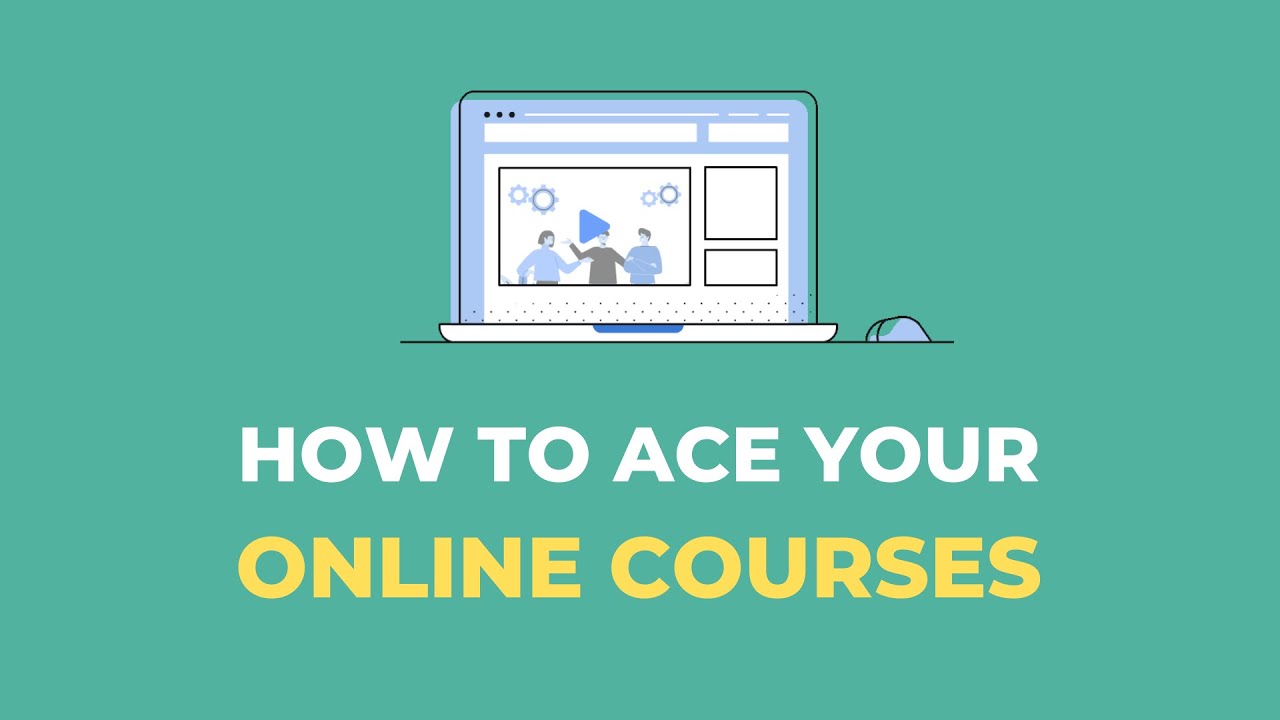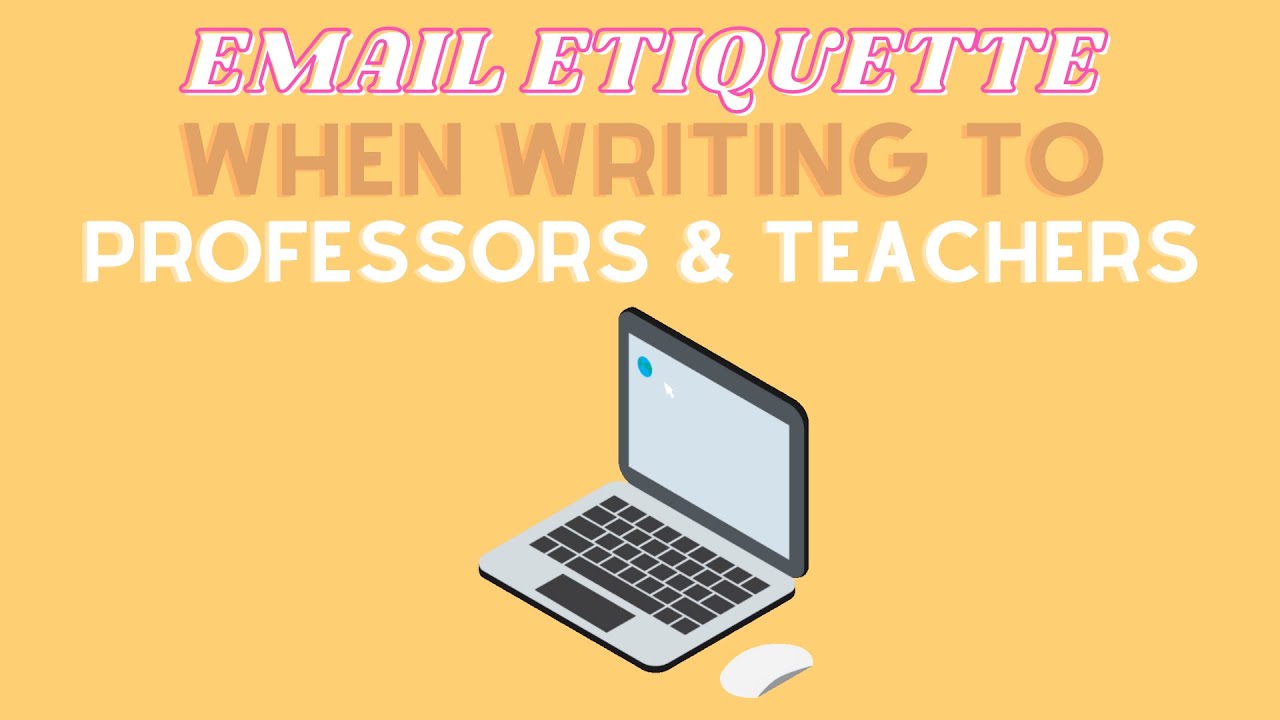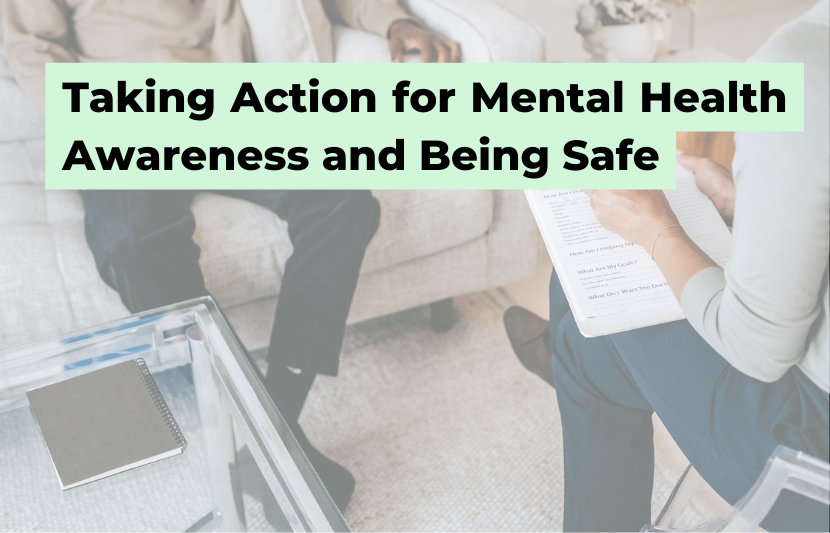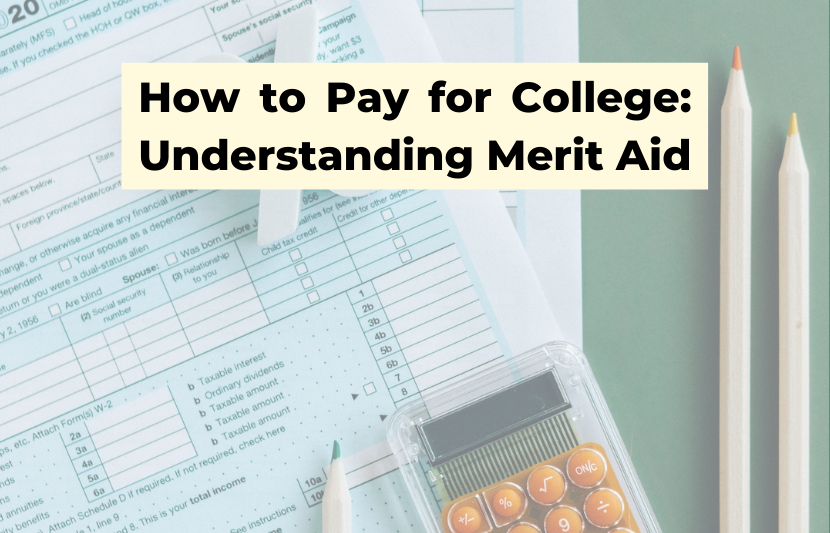In this episode of TUN TV, Dr. Crystal Rose interviews April Paris-Joseph, founder of Paris Educational Solutions, about the top three timelines that high school athletes should consider.
Dr. Rose: Welcome to The University Network TV where we scan the globe to give students, their families, and educators the very best tips for student success. I’m your host today. Dr. Crystal Rose. In this college admission series, we’re exploring “Sports and College: Top 3 Timelines for the High School Athlete to Consider.”
Now, if you’re an athlete and you want to continue your sports experience in college, you’ll want to stay tuned for these top three timelines for the high school athlete. For today’s conversation, we’re inviting a very special guest, April Paris-Joseph of Paris Educational Solutions.
Welcome, April.
Paris-Joseph: Thanks.
Dr. Rose: To start off, can you share with us who should enter this timeline?
Paris-Joseph: Okay. So, there’s the ugliest hat that says 7 percent of kids that are competing in sports at the high school level are going to move on to the next level. So, the inclination is to say, “Are you a top 7 percent athlete?” But I think more important than that is the question of whether or not the athlete wants to do this at the next level. It’s a huge time and life commitment. So, they really have to know that they’re interested in that, they’re excited about it, they want their life in college to be that consumed by their sport. And it will be their social group. It will take up their weekends. It will be everything, dinner every night practically for most of these athletes.
Dr. Rose: How many timelines are there for high school student-athletes to consider?
Paris-Joseph: Generally speaking, there are three distinct timelines: one for each of the three major Divisions 1, 2 and 3.
Dr. Rose: So in the Division 1 timeline, when can students reach out to college coaches?
Paris-Joseph: Division 1 is the toughest. You started with the hardest one because the timelines vary depending on the student’s sport. So, in broad strokes, though, those conversations can begin September 1 of the junior year, when the students enter into their junior year of high school. That’s the broad answer.
Each sport – and I really encourage every student to get on the NCAA site and find the current contact rules for the sport that they’re playing and interest in playing – has blackout periods. There are no contact periods, and usually what this means is that the coach can’t come back and respond to the student or engage with a student in the family.
Again, broad strokes generally, the student can reach out anytime they want, at any time that they feel like they’re ready to have that communication.
Dr. Rose: I asked you when they can reach out. But when is the most effective for students to reach out even considering the blackout periods?
Paris-Joseph: It always depends a lot on the sport. But I like to remind student-athletes to really get started on communicating with coaches as a sophomore, just putting their name out in front of them in their film and their content.
Dr. Rose: In the Division 2 timeline, when may students connect with coaches? Is that different?
Paris-Joseph: It is a little different. Division 2 is like a year earlier. July 15 between sophomore and junior year is when the back-and-forth communication can begin, which is why I like to start this as a sophomore. Because that’s the open window for both of those divisions, both divisions that offer scholarships.
Dr. Rose: So, when is the most effective time for students in the Division 2 timeline to reach out to the coaches?
Paris-Joseph: That’s about the same. The sophomore year window, I think, is a really critical one for the student-athlete to really decide they want to do this and to start doing this work.
Dr. Rose: Wonderful. And for the Division 3 timeline, students are able to reach out to their coaches, as well. When are they first able to reach out to the coaches?
Paris-Joseph: Division 3 is the least regulated of the three divisions. They can reach out pretty much whenever they want. They can start as early as their freshman year. And you will see Division 3 Athletics recruiting even come together really neatly in the fall of the senior year, which is very late for Division 1 or 2. Very late, but that’s usually an athlete who’s outplaying their division.
Dr. Rose: Interesting. So, for a student in the Division 3 timeline, when is an optimal time for them to reach out to their coaches?
Paris-Joseph: I think Division 3 is the most loosely fitting. But again, I always like that sophomore year window to really get started on this. It’s just my favorite point, and then it allows the student time to grow and figure out which division they’re interested in.
But D3 doors can open as late as summer and during the senior year. Those doors could open if a student decided at that point that it was something they were interested in. It’s certainly worth pursuing and seeing what they can have come together – no promises, but it’s worth trying.
Dr. Rose: There you have it. The top three timelines for the high school athlete to consider if you want to continue your sport or sports in college. We appreciate you walking us through this April. Thank you for being on today’s show.
Paris-Joseph: You’re welcome. Thanks for having me.
Dr. Rose: And thank you very much for joining us today on this episode of The University Networks television show. I’m your host, Dr. Crystal Rose. Until next time on TUN TV.
This interview has been edited for clarity.
For more exclusive interviews with experts who share their insight to help students succeed, check TUN TV!
Related:












